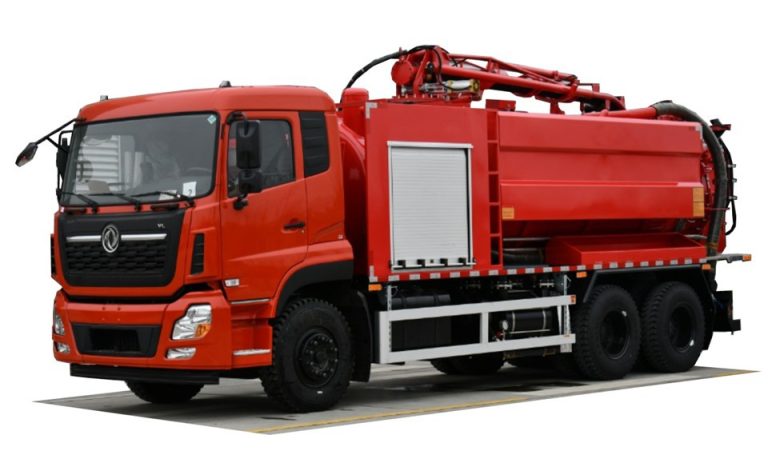In recent years, Isuzu vehicles have gained prominence for their reliability and efficiency, especially in commercial and industrial applications. One crucial feature that helps maintain these vehicles’ performance is the regeneration process. This article will delve into the concept of “regen in progress Isuzu,” explaining what it means, why it’s essential, and how you can manage it effectively. Whether you’re a seasoned Isuzu owner or just curious about its functionality, this comprehensive guide will provide valuable insights.
What Does “Regen in Progress” Mean?
“Regen in progress” refers to the process in which the diesel particulate filter (DPF) in Isuzu vehicles is cleaned. Over time, soot and other particulate matter accumulate in the DPF, and if not removed, this buildup can affect engine performance and emissions. The regeneration process helps to burn off these particulates, allowing for optimal engine function.
Understanding the Diesel Particulate Filter (DPF)
The DPF is a crucial component in modern diesel engines designed to reduce harmful emissions. It works by trapping soot and other particles that would otherwise be released into the atmosphere. As it serves this function, the filter needs to be regenerated periodically to clear the accumulated soot.
How the DPF Works
The DPF captures soot during normal engine operation. When the soot level reaches a certain threshold, the regeneration process initiates, burning off the particulates using high temperatures, thus cleaning the filter. This process can occur actively or passively.
Types of Regeneration
- Active Regeneration: This occurs while driving, using a combination of engine management techniques to raise the exhaust temperature to facilitate soot burning.
- Passive Regeneration: This happens during regular driving conditions where the exhaust temperatures are high enough to burn off soot automatically.
Signs That Regeneration is Taking Place
- Increased Engine Noise: You may notice a change in engine sound as the system works to increase the exhaust temperature.
- Higher Exhaust Temperature: The exhaust temperature gauge may rise to indicate that regeneration is in progress.
- Dashboard Notifications: Isuzu vehicles often come equipped with dashboard indicators or messages indicating that regeneration is active.
Why is Regeneration Important for Isuzu Vehicles?
Understanding the importance of regeneration is essential for Isuzu vehicle owners. Here’s why:
1. Emission Control
Regularly performing regeneration is vital as it helps control harmful emissions. By maintaining clean DPFs, Isuzu vehicles can meet strict environmental standards, contributing to better air quality.
2. Enhanced Performance
A clean DPF enhances engine performance. Accumulated soot can lead to reduced horsepower and overall vehicle efficiency. Regeneration keeps the engine operating at optimal efficiency.
3. Increased Fuel Efficiency
Blocked DPFs can lower fuel economy. An efficient regeneration process ensures that the vehicle achieves better mileage by maintaining optimum exhaust flow.
4. Preventing Costly Repairs
Ignoring the regeneration process can lead to significant mechanical issues, including a blocked DPF that may require expensive replacements. Regular regeneration management can help prevent such costly repairs.
Managing “Regen in Progress” Effectively
As an Isuzu owner, understanding how to manage the regeneration process effectively is crucial. Here are some practical tips:
1. Regular Monitoring
Keep an eye on the dashboard indicators. Familiarize yourself with what “regen in progress” looks like in your vehicle to ensure you do not ignore it.
2. Drive During Regeneration
When regeneration occurs, it’s advisable to continue driving at highway speeds. This helps to keep the exhaust temperature high enough to complete the process effectively.
3. Minimize Idling
Avoid idling your Isuzu vehicle for extended periods. Idling can slow down the regeneration process and cause soot to build up within the DPF.
4. Perform Regular Maintenance
Adhere to a scheduled maintenance program, including regular oil and filter changes, which will assist the DPF in functioning correctly.
5. Use Recommended Fuel
Utilize high-quality diesel fuel with appropriate additives that promote clean combustion and reduce DPF soot accumulation.
6. Consult the Owner’s Manual
Always refer to your Isuzu owner’s manual for specific guidelines related to regeneration. Different models may have unique requirements or tolerances.
Potential Issues during the Regeneration Process
While regeneration is generally a smooth process, certain issues can arise that you should be aware of:
1. Incomplete Regeneration
If the vehicle is not driven long enough at the required speeds, the regeneration may not complete, leading to increased soot buildup.
2. Warning Lights
If you see warning lights related to the DPF or engine system, it may display that the regeneration process failed or that there’s an issue with the DPF.
3. Excessive Fuel Consumption
During regeneration, fuel consumption may temporarily increase, as the engine system uses extra fuel to achieve the high temperatures needed for DPF cleaning.
Common Questions About “Regen in Progress Isuzu”
What should I do if my vehicle is showing “regen in progress” for an extended period?
If your vehicle indicates that regeneration is in progress for too long, it’s best to drive at highway speeds for a sustained period to help complete the process. If the warning persists, consult a professional mechanic.
Can I turn off my vehicle during “regen in progress”?
It is advisable to avoid turning off the engine during regeneration. Doing so can interrupt the process and may lead to DPF clogging.
How often does regeneration occur in Isuzu vehicles?
The frequency of regeneration depends on driving habits and conditions but generally occurs every 300-500 miles. Regular driving in stop-and-go traffic may increase the frequency.
What happens if I ignore the warning for “regen in progress”?
Ignoring the warning can lead to significant consequences, including a clogged DPF, reduced engine performance, and higher emissions. Ultimately, it may also result in costly repairs.
How do I know if my DPF needs to be replaced?
If you experience frequent regeneration cycles, warning lights related to the DPF, or significantly reduced engine performance, it may be time to have the DPF inspected or replaced.
Conclusion
Understanding the concept of “regen in progress Isuzu” is critical for owners seeking to maintain their vehicles’ efficiency and longevity. By recognizing the significance of the DPF and the regeneration process, you can ensure that your Isuzu operates smoothly, consistently, and in compliance with emission regulations. This article serves as a comprehensive guide, offering the necessary information, practical tips, and insights into managing the regeneration process effectively.






